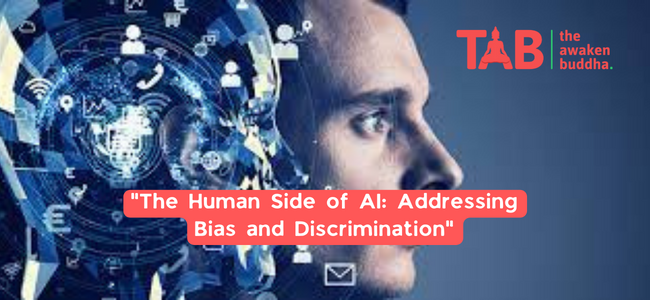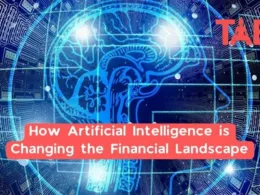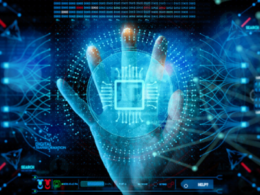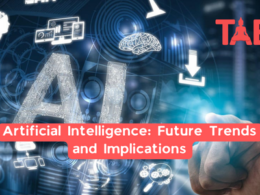Introduction
Artificial Intelligence (AI) is rapidly advancing, revolutionizing how we live and work. AI has become a key driver of digital transformation across industries, including healthcare, finance, and retail. AI can automate tasks, improve decision-making, and create new opportunities. However, AI is not perfect. It can be biased and discriminatory. This article explores the human side of AI and how we can address bias and discrimination in AI.
What is Bias in AI?
Bias in AI refers to systematic errors in how AI algorithms make decisions. These errors can lead to unfair and discriminatory outcomes. Bias can occur in many ways, including partial data, biased algorithms, and biased outcomes. Biased data occurs when the data used to train an AI algorithm is incomplete or biased. Biased algorithms occur when the algorithm is designed or trained in a way that reflects the biases of its creators. Biased outcomes occur when the AI algorithm produces unfair or discriminatory results.
What is Discrimination in AI?
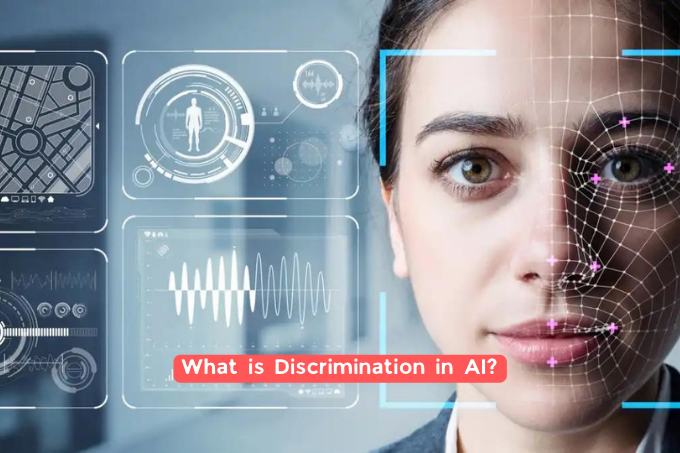
Discrimination in AI refers to the differential treatment of individuals or groups based on their characteristics, such as race, gender, or age. Discrimination can occur when an AI algorithm is biased and produces results that unfairly disadvantage certain groups. Discrimination can also occur when an AI system is designed to perpetuate societal inequalities.
Examples of Bias and Discrimination in AI
There have been several high-profile cases of bias and discrimination in AI. For example, a study found that facial recognition algorithms were less accurate in identifying people of color and women. Another study found that an AI algorithm used in healthcare was biased against Black patients. The algorithm was less likely to refer Black patients to programs that could improve their health outcomes. These examples demonstrate how bias and discrimination in AI can have real-world consequences.
Why Does Bias and Discrimination in AI Occur?
Bias and discrimination in AI occur for several reasons. One reason is that AI algorithms are only as excellent as the data they are trained on. The AI algorithm will also be biased if the data is biased or incomplete. Another reason is that AI algorithms can reflect the biases of their creators. For example, if the creators of an AI algorithm are predominantly White and male, then the algorithm may be biased against women and people of color. Finally, bias and discrimination can occur because AI algorithms are designed to optimize specific outcomes, such as profitability or efficiency, without considering those outcomes’ social or ethical implications.
Addressing Bias and Discrimination in AI

Addressing bias and discrimination in AI requires a multi-pronged approach. One approach is to ensure that the data used to train AI algorithms is disparate and unbiased. This can be achieved by collecting data from diverse sources and using techniques such as data augmentation to increase the diversity of the data. Another approach is to use techniques such as explainable AI to make AI algorithms more transparent and accountable. This can help identify and correct biases in the algorithm. Finally, addressing bias and discrimination in AI requires a commitment to diversity and inclusion in the tech industry. This means hiring more women and people of color in tech roles and ensuring that their perspectives are included in the design and development of AI systems.
Conclusion
AI has the potential to revolutionize how we live and work, but it is not without its challenges. Bias and discrimination in AI can have real-world consequences and perpetuate existing societal inequalities. Addressing bias and discrimination in AI requires a multi-pronged approach, including ensuring diverse and unbiased data, using explainable AI, and promoting diversity and inclusion in the tech industry.
FAQs
1. What is the difference between bias and discrimination in AI?
Bias in AI refers to Sure, my apologies for the confusion. Here are the remaining FAQs
2. How does bias occur in AI?
Bias in AI can occur when the data used to train an AI algorithm is biased or incomplete. It can also occur when the algorithm is designed or trained in a way that reflects the biases of its creators.
3. What are some real-world examples of bias and discrimination in AI?
Some real-world examples of bias and discrimination in AI include facial recognition algorithms that are less accurate in identifying people of color and healthcare algorithms that are biased against Black patients.
4. How can we address bias and discrimination in AI?
Addressing bias and discrimination in AI requires a multi-pronged approach, including using diverse and unbiased data, techniques such as explainable AI to make AI algorithms more transparent and accountable, and promoting diversity and inclusion in the tech industry.
5. What are the potential benefits of addressing bias and discrimination in AI?
Addressing bias and discrimination in AI can lead to more fair and equitable outcomes, reduce existing societal inequalities, and help ensure that AI benefits everyone, not just a select few.






